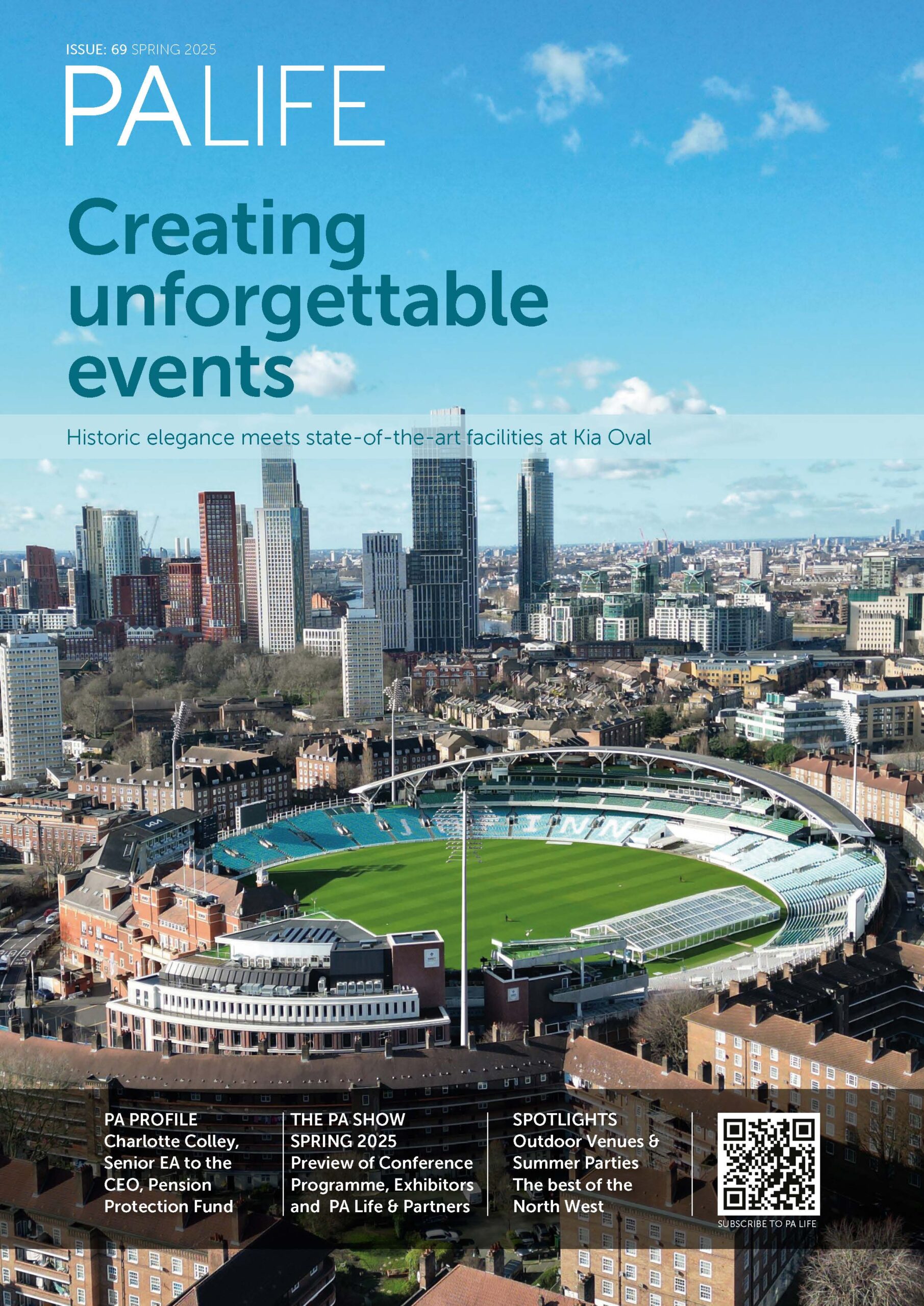Have you heard of the pickle jar theory? If you haven’t yet then here’s a great summary for everything you need to know to boost your productivity with the pickle jar theory according to an expert Gareth Hoyle, Managing Director for Coveragely
The Pickle Jar, or the Bucket of Rocks, theory can help you change how you approach time management and help you get more done. The theory, introduced by Jeremy Wright in 2002, suggests that time (like the capacity of a pickle jar) is finite.
The pickle jar itself represents our daily life, what keeps us busy and how we divide our time and tasks each day. To optimise time management, you should determine the importance of each task, plus how long each should take, and use this knowledge to manage how and when you’ll do each task.
Anybody can use the Pickle Jar theory as it is simple and easy to understand. However, this method is suitable for people who have a very busy schedule and find their task list overwhelming. Basically, if you have a huge to-do list and you don’t know where to start, then this is perfect for you.
But how do you boost productivity with the pickle jar theory?
It’s essentially a new way of creating a work schedule by prioritising your most important tasks, while accounting for the time it takes to work on less important (but still necessary) tasks. Put simply, you should find out which tasks you need to do and build your day around them, and then fill in any leftover time with less time-sensitive work. The trick is to reduce any time spent on less important work and improve your productivity.
It features four elements; rocks, pebbles, sand and water. Each element symbolises tasks of varying importance that need to be completed during the day. Then you’ll use these to ‘fill’ the jar.
Rocks represent the most important tasks that have serious consequences if you don’t meet your deadline. One example would be preparing for a big client meeting or writing content for a specific deadline.
The pebbles element represents tasks that need to be done, but are less time sensitive. These could potentially be pushed to another day if necessary or could have less time spent on them. This might include planning your week or attending a weekly catch up with your team.
Sand symbolises tasks that are necessary, but don’t really have a deadline or contribute to your overall goals. This includes responding to emails, answering calls, using social networks or creating a to-do list.
Finally, the water element represents tasks from your personal life, including working out, picking the kids up or heading to a doctor’s appointment. While this wasn’t initially included in Wright’s theory – work/life balance is important so that’s why this has been added later.
How do you implement the theory?
The key is to ‘work smarter, not harder’. The goal is to fill it with rocks (your most important tasks) first, before moving on to the pebbles, sand and water. Once the jar is full – that’s it. This is why it can help with time management. If you have too many tasks then you either need additional support or you should delegate some tasks to members of the team who aren’t as busy.
Start by analysing your task list and figure out which are your rocks, pebbles, sand and water. Then look at how long you’ll need to spend on each task and their deadline (if they have one).
Next place two or three rocks inside the jar, these are your big tasks that you need to complete quickly. Then arrange some pebbles over the jar – don’t allow too much time for these or you’ll run out of time. 30 to 45 minutes should be fine for these types of tasks. Add a handful of sand to the jar and finish off with some water. Alongside this, make sure you plan time for a proper lunch break during the day too.
Basically, you’ll want only two or three big tasks which are broken up by smaller, less time-sensitive tasks along with some personal time to help maintain a good work/life balance.
The key is balance when it comes to filling up your pickle jar; the large rocks wouldn’t fit if you filled it with sand and water first, and equally, if you just filled it with large rocks then you wouldn’t have room for anything else.
Things to remember when filling your pickle jar
Avoid overcrowding your jar
The key is to fill your jar with these tasks, but not to overcrowd it. Focus on what truly matters and what is necessary to avoid becoming overwhelmed. If you find you’re filling your jar up or even overfilling it most days, then maybe it’s time to speak to your manager or team leader to seek some support.
Work/life balance is important
In managing your pickle jar and your day – you might focus purely on work tasks. However, it’s important to include time for your personal life. This could be as simple as taking a coffee break or even going for a walk. Having a good work/life balance is important for your mental health and for time management success. You won’t be able to complete any tasks if you’re stressed or burned out.
Emergency jar
Always save some space for an emergency. A little extra space for emergency tasks will mean you can address anything that arises without it having too much of an impact on what you had planned. This could be the 30 minutes you had planned for checking your emails in the afternoon or your one to one. Something that can be pushed to another time and won’t have any consequences if you don’t complete it.
Group similar tasks
Putting similar tasks together can help minimise the mental load of switching between different types of activities, and enhances your efficiency. It puts your sole focus on one single type of task and will allow you to tick things off your list quicker, improving your productivity.
What are the main benefits for productivity using the pickle jar theory:
The beauty of the pickle jar theory is that it’s not just about how we fit more into our day and be more productive. It’s more about accepting that we only have a limited amount of time and energy, and making decisions about what’s more important and where we should put our focus. Here are some of the main benefits of the pickle jar theory:
Forces you to prioritise
This method helps you determine what matters most, so you can give those tasks your time and energy. It will help provide you with a bit of focus if you’re struggling to know where to start, helping you see which tasks need to be done immediately, and which can be pushed to another day. This approach also helps you achieve your long-term goals by ensuring your daily tasks align with what matters most.
Helps you visualise your time
The overall theory is that time is a limited resource. Labelling your tasks as rocks, pebbles, sand and water, and filling a jar with these elements, helps you visualise your time so you can be more strategic with how you spend it.
Boosts productivity
By implementing the Pickle Jar theory, you’ll improve your productivity. Knowing what you need to do, and when you’re tackling each task, will generally make you more productive. It also helps you realise whether there are any tasks that are taking up too much time, that you don’t really need to do or whether there’s anything you can do to complete the task quicker.
It’s flexible
The great thing about this theory is that it’s flexible, which is great for if any emergency tasks pop up during your day. Filling your jar with pebbles (less time-sensitive tasks), will mean you can push any of these to fit a new urgent task that comes in. If you manage to finish a large task quicker than you initially set out time for, then you can use your spare time to either have a break, do something from your personal task list or complete a pebble task to free up more time later in the week.
Prevents multi-tasking and avoids procrastination
Since you can only work on one task at a time, you’re forced to focus on the task at hand. This can not only help you avoid multitasking and get more done in less time, but you will procrastinate less as you know what you need to complete and when by.
With the pickle jar theory, self-awareness and reflection is the key to success. There’s no point scheduling a big creative task for the afternoon if you find yourself getting distracted or tired, for example. Visualising your work in this way can help you figure out what matters most and what you can realistically get done in the time you have.










